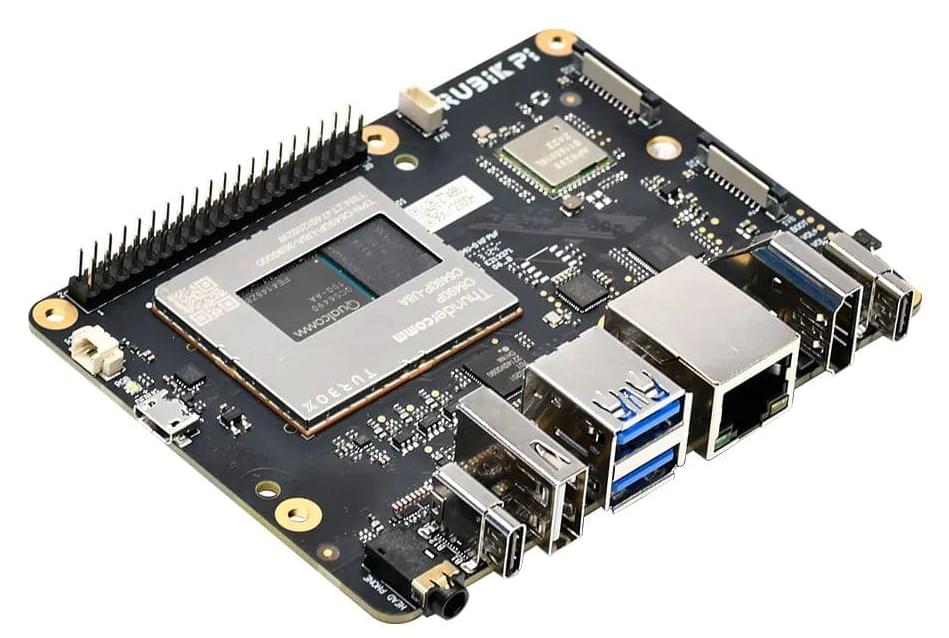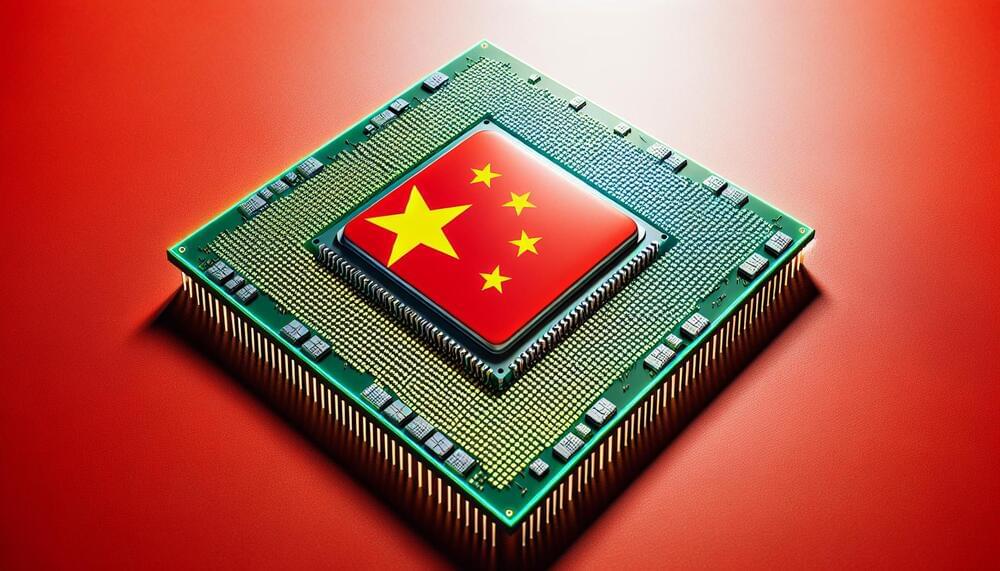In the last few months, the mask has really come off.
OpenAI is far from its days of being an altruistic, non-profit company.
It is now the face of a booming AI industry and is effectively for-profit in all but name, steaming ahead with little regard for its technology’s environmental toll, or for the potentially existential risks it poses to society.
But according to Gary Marcus, a cognitive scientist and prominent AI researcher, the worst is yet to come. In his assessment, OpenAI could soon take an even more dystopian pivot, à la George Orwell’s novel “1984,” by getting into the business of spying on you.







